Joseph Woelfl`s piano sonata op 41, called Non plus Ultra leads us back to Woelfl`s London period, where it was composed at the end of 1807 and presented to the audience six months later. Its name Non plus Ultra is a reference to the extraordinarily difficult technical requirements of the sonata, especially the excessive use of parallel thirds and neck-breaking virtuoso leaps, only found in much later literature by Liszt. The initial refusal of the publisher to print the sonata is a valid proof for the extraordinarily technical difficulties in its era. Woelfl finally proved able to convince him of the playability of his work by playing the sonata flawlessly in person in front of his publisher. Paradoxically, this utterly difficult work would later become one of the most favored and most frequently published piano sonatas of the early 19th century due to its appealing sound and classical, yet enhanced, form. Woelfl composes the first movement in the classical sonata form with a slow introduction, already revealing the main motive with its descending quart interval. In the exposition, it becomes one of three themes. It is first being combined with quick and fluid chains of thirds, changing soon after to the left hand while the right hand starts intonating the quart interval motive. Worthy of remark proves the songlike, full-sounding side theme in C major, reminiscent of the Adagio theme from the slow movement of Beethoven`s piano sonata op. 53, the so called “Waldstein Sonata”. In the development, Woelfl breaks down the main theme and distributes it to widely stretched octaves, forcing the pianist to extremely large leaps. A surprise awaits the listener in the form of a short fugato, however a not highly unusual find for Woelfl, an avid admirer of Bach`s works. The following short movement is kept very brief with its 24 bars but presents an instrumental aria with its ornate melody part and a soulful minore part. A short coda leads attaca towards the finale, a variation about the folk song “Freut euch des Lebens”. It is the core of the sonata and found itself frequently published outside of the sonata. Woelfl created nine different variations, each showcasing the whole range of his virtuoso technique. Variations II and III are dominated by quick broken triads in the right and left hands. Variation VI presents itself as a study in octaves and in Variation VII, Woelfl breaks down the entire theme into trills. Variation VIII, however, can be called the most spectacular of all; Woelfl letting the right hand perform audacious leaps between spread out registers. Much later, only Liszt attempted such breakneck figures in his piano etude „La Campanella”. After the following variation in thirds the initial variation theme returns, making the reminiscence to Bach`s Goldberg Variations not a far-fetched one.
Joseph Woelfls Klaviersonate op. 41 mit dem Beinamen Non plus Ultra führt uns nach London. Dort hat sie der Komponist Ende 1807 zu Papier gebracht und ein halbes Jahr später dem Londoner Publikum vorgestellt. Der Beiname Non plus Ultra bezieht sich auf die ungewöhnlichen technischen Schwierigkeiten der Sonate, insbesondere auf die ausgiebige Verwendung von Terzen-Parallelen und waghalsigen Sprüngen, wie sie erst wieder bei Liszt vorkommen. Die anfängliche Weigerung des Verlegers, die Sonate zu drucken, ist ein schöner Beleg dafür, wie außergewöhnlich die hohen technischen Anforderungen für die Zeit waren. Woelfl hat den guten Mann erst dann von der Spielbarkeit seines Werkes überzeugen können, als er sich selbst ans Klavier setzte und die Sonate ohne Fehl und Tadel durchspielte. Ausgerechnet dieses schwierige Werk sollte eine der beliebtesten und am häufigsten verlegten Klaviersonaten des frühen 19. Jahrhunderts werden. Dieses Paradoxon lässt sich damit erklären, dass die Sonate op. 41 musikalisch sehr ansprechend geraten ist und sich überdies in ganz und gar klassischer wenn auch erweiterter Formgebung präsentiert. Den Kopfsatz gestaltet Woelfl ganz regelkonform als Sonatenhauptsatzform mit langsamer Einleitung, in der das Hauptmotiv mit seinem fallenden Quartschritt bereits anklingt. In der mit drei Themen ausgestatteten Exposition wird es mit flink bewegten Terzketten kombiniert, die kurz darauf in die linke Hand wandern, während die Rechte das Quartthema intoniert. Bemerkenswert ist das sich in volltönendem C-Dur aussingende Seitenthema, welches ein wenig an das Adagio-Thema aus dem langsamen Satz in Beethovens Klaviersonate op. 53, der sogenannten „Waldstein-Sonate“, erinnert. In der Durchführung verteilt Woelfl das Hauptthema auf weit auseinanderliegende Register und zwingt den Pianisten zu extrem weiten Sprüngen. Anschließend überrascht er den Hörer mit einem kurzen Fugato, was für den Bach-Verehrer Woelfl allerdings nicht ungewöhnlich ist. Der langsame Satz ist mit nur 24 Takten denkbar knapp gehalten und bietet eine instrumentale Arie mit reich verzierter Melodiestimme samt gefühlvollem Minore-Teil. Eine kurze Coda leitet attacca ins Finale über, ein Variationen-Satz über das Volkslied „Freut Euch des Lebens“. Er ist das eigentliche Filetstück der Sonate und wurde häufig auch einzeln verlegt. Woelfl schreibt insgesamt neun Variationen, in denen er das gesamte Arsenal seiner virtuosen Klaviertechnik einsetzt. In den Variationen II und III dominieren rasche Dreiklangs-Brechungen in der linken und rechten Hand. Variation Nr. VI ist eigentlich eine Oktavenetüde, und in der siebten Variation löst Woelfl das Thema vollständig in Triller auf. Die spektakulärste Variation ist aber die achte, in der Woelfl für die rechte Hand waghalsige Sprünge zwischen weit auseinanderliegenden Registern vorschreibt. Solche sprunghaften Eskapaden hat erst wieder Franz Liszt in seiner Klavieretüde „La Campanella“ gewagt. Nach der darauffolgenden Terzen-Variation kehrt das Variationen-Thema wieder, und es ist mehr als wahrscheinlich, dass die Assoziation mit Bachs Goldberg-Variationen beabsichtigt ist.
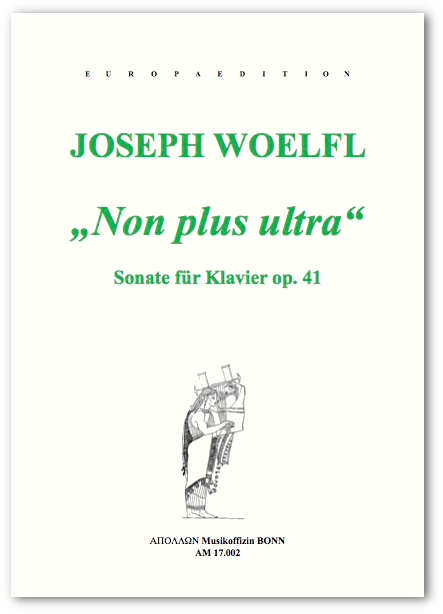
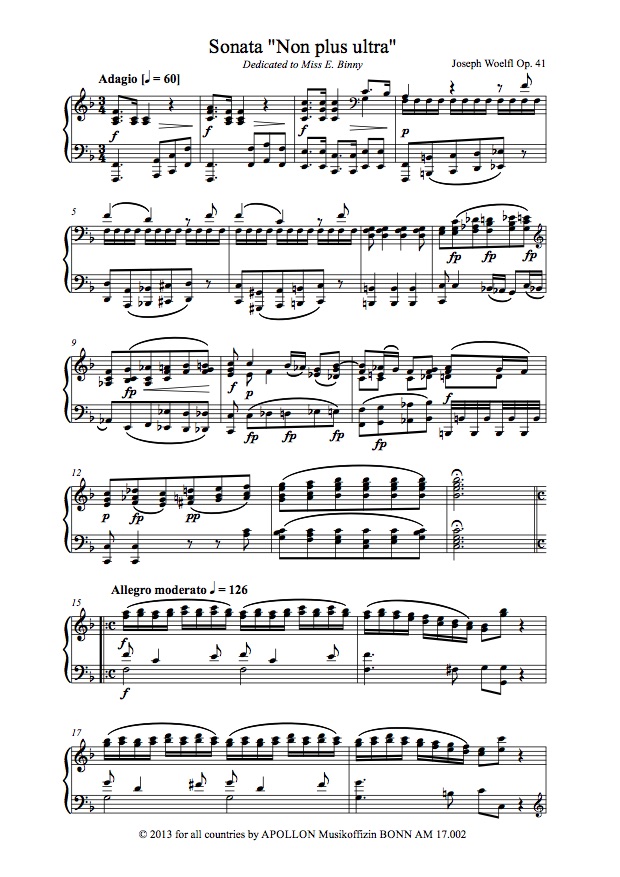
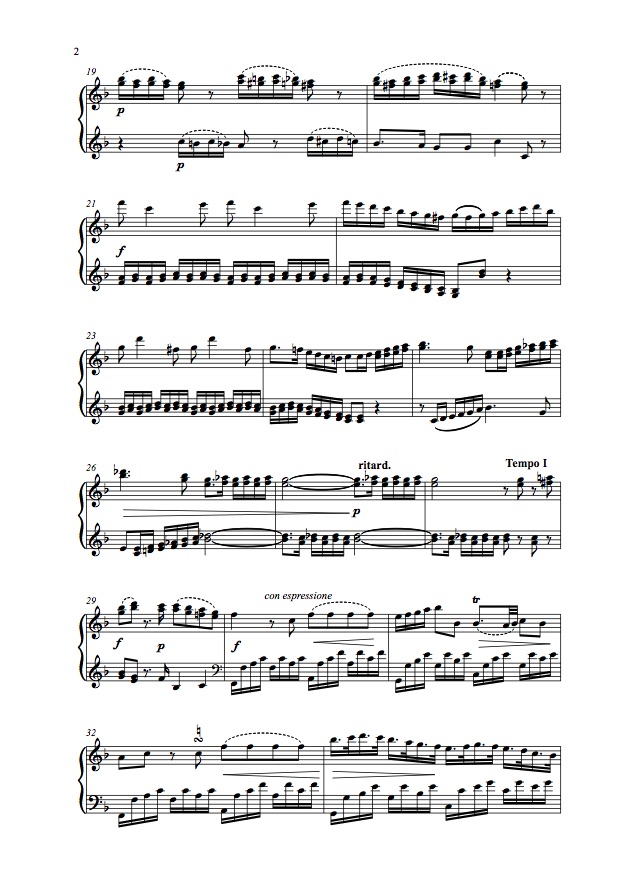
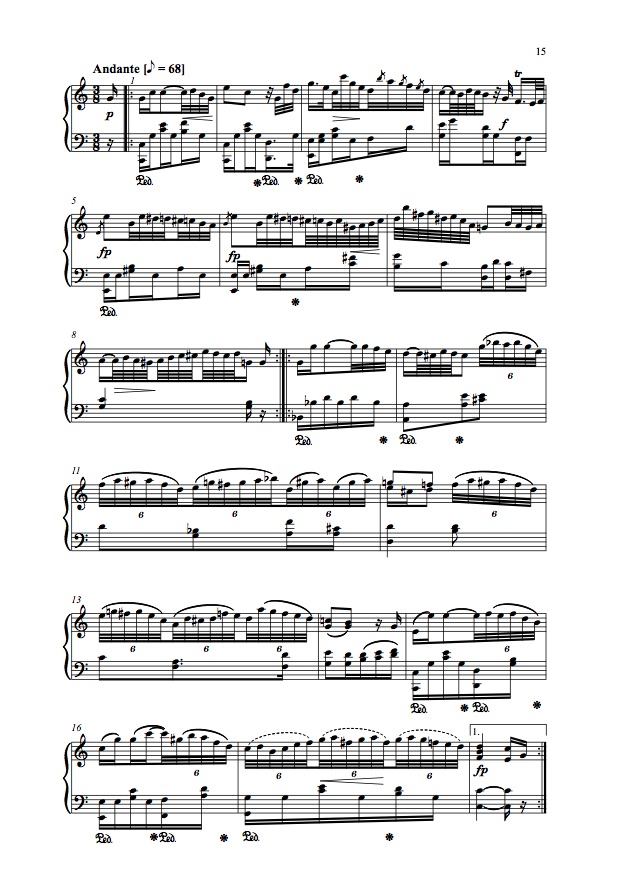
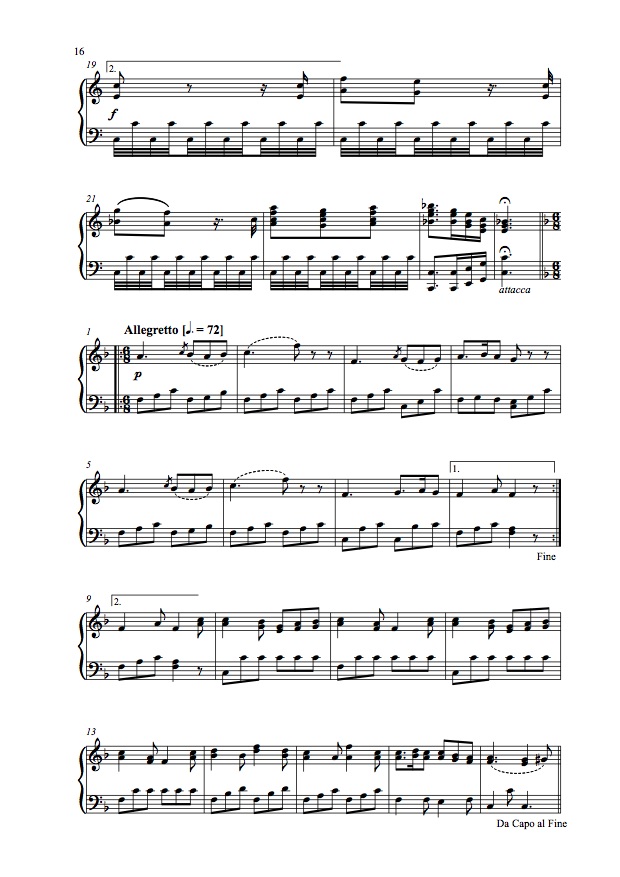
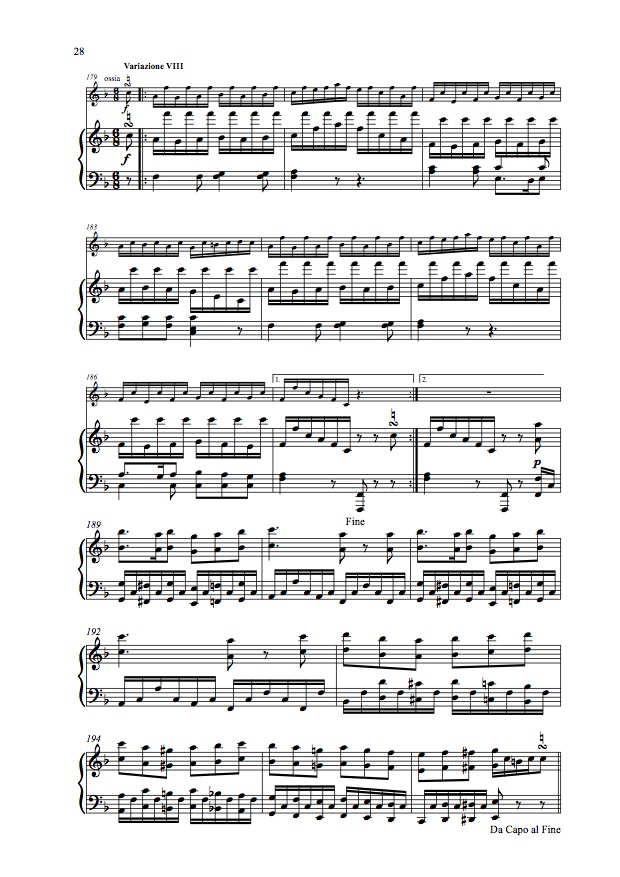
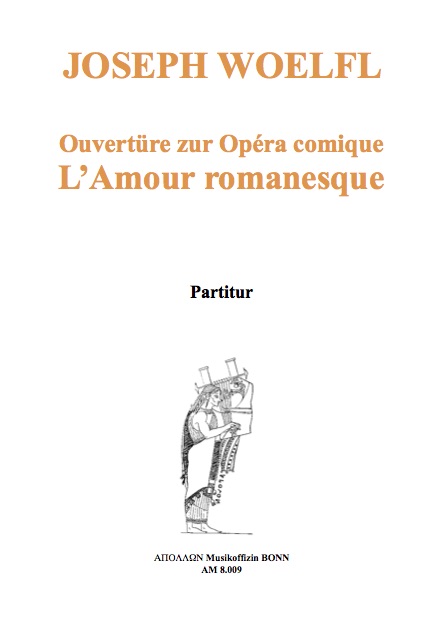
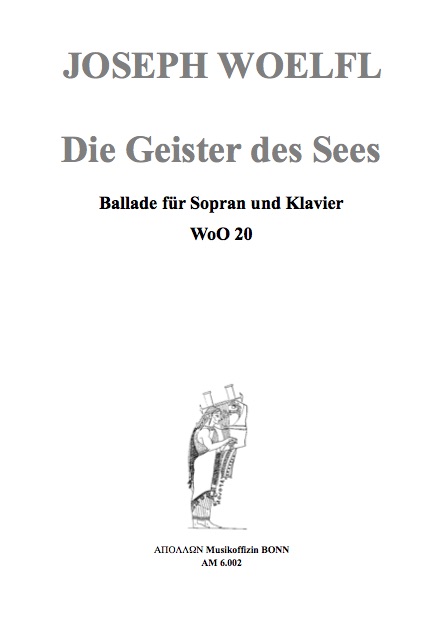

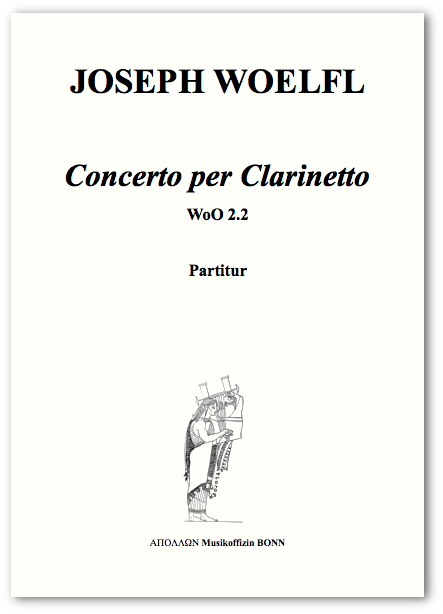




评价
目前还没有评价